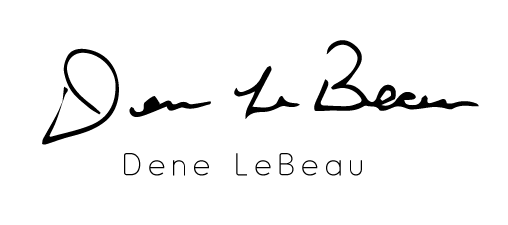Recent Posts
Occlusion – Grind em’ till they fit?
Posted by on

Recently, I was doing some research on occlusion and the more I read, the more I realized that the subject is one of the most controversial topics in dentistry. It seems that occlusal theory is divided into three major camps #1 the gnaththalogical approach; #2 the myofunctional approach; and #3 the natural bite approach. It is interesting that in each category, clinicians can report success and patients do well. To do restorative cases and do them well, each camp will agree on the basic principle that a deadly accurate inter-occlusal bite record is required! If your bite record is not accurate, it does not matter what camp you are in, because your points are moot if the occlusion is wrong. If your occlusal records are inconsistent, you may have unwittingly joined occlusal camp #4, which I call the, “Grind em’ till they fit camp.”

BITE RECORDS OVER PREPS
In the 1960’s, dentist would use soft wax wafers or sheet wax to record the bite record over preps; but the process of placing the models together with this type of wax bite in the middle, distorted the evidence contained in the wax bite. Ridiculous!Fig.A.
Then came the 1970’s and in marchedaddition reaction siliconeto save our occlusal day. This (accurate) new material enabled the clinician to take precision bite records over the preparations, so the lab could then trim the material to fit perfectly on each model and in between both models. Most clinicians weren’t practicing in the 70’s, but everyone can appreciate that the polyvinylsiloxane bite materials used today have done more to achieve occlusal accuracy than any other material heretofore. When using these new generation bite materials correctly, we can expect good occlusal results on all fixed prosthetics.Fig.B.

DENTAL IMPLANTOLOGY
Since the 1980’s we have seen a dramatic increase in the use of dental implants and now they are the fastest growing modality in all of dentistry. My background is dental technology, so I can admit to being a little OCD about OCC! With that said, any dentist or lab tech reading this blog that wasn’t spoiled by polyvinylsiloxane bite records taken over preparations may have slipped into occlusion camp #4.

Our clients would brag to us that they seated most crowns in 12 minutes or less and seat appointments had become fun. Although crown seats could be enjoyable, a dark cloud was forming over our occlusal intimacy when preparation-less dental implants became the growth leader in fixed restorative dentistry. (Confidence lost).Fig.C.
So, how did dentistry respond when preparations weren’t available to take the occlusal bite record? Most clinicians took the occlusal record over occluding dentate and soft tissue while others decided that bite records weren’t necessary.

Many decided to record the bite registration over a healing abutment and send an extra to the lab. Healing abutments were not designed for bite records and few dentists sent the duplicate to the lab anyway!Fig.D.Many clinicians were forced to grind in the final restoration as a new bite, or take a new record over a sub occlusal remake. Some found other time consuming ways to make their registrations, like using floss woven implant cylinders to record an acrylic bite.Fig.E.
THE SURROGATE PREPARATION

After years of implant case adjusting, costly remakes and general disappointment with the occlusal results of our implant work; we became obsessed with designing a surrogate preparation for dental implants. The surrogate needed to be simple, rigid, fit a wide range of platforms, but most of all it needed to work! The theory came quickly, but we spent many years perfecting the product. The story of our product development is dwarfed by the magnitude of validation we felt when the industry accepted our Implant Bite Post.Once again, we could depend on bite records over (surrogate) preps and the fun seat appointment returned for the doctor/lab teams that used the Bite Post for their implant cases!




Please take a look at theImplant Bite Postcase on this Blog and then click on the intra-oralvideo by Dr. Mark Wilhelm. Check out our website to view the hi-profile testimonials and find out why the Implant Bite Post won theIDT (Inside Dental Technology) product of the year award.Our site is designed to help you get started and help youfind dealersin your area. If you imagine your implant cases don’t have extra occlusal problems, think of this blog the next time you seat an implant case or just attempt to set the bite. You no longer need to “Grind em till they fit.”

 Loading... Please wait...
Loading... Please wait...
